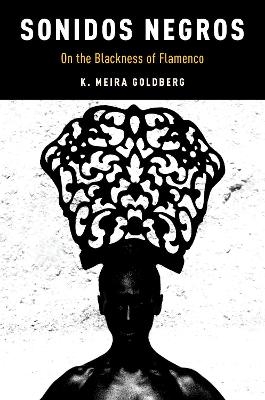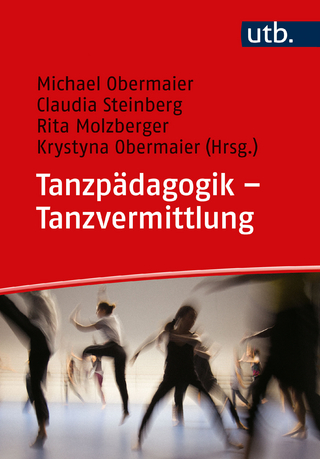
Sonidos Negros
Oxford University Press Inc (Verlag)
978-0-19-046692-3 (ISBN)
How is the politics of Blackness figured in the flamenco dancing body? What does flamenco dance tell us about the construction of race in the Atlantic world? Sonidos Negros traces how, in the span between 1492 and 1933, the vanquished Moor became Black, and how this figure, enacted in terms of a minstrelized Gitano, paradoxically came to represent Spain itself.
The imagined Gypsy about which flamenco imagery turns dances on a knife's edge delineating Christian and non-Christian, White and Black worlds. This figure's subversive teetering undermines Spain's symbolic linkage of religion with race, a prime weapon of conquest. Flamenco's Sonidos Negros live in this precarious balance, amid the purposeful confusion and ruckus cloaking embodied resistance, the lament for what has been lost, and the values and aspirations of those rendered imperceptible by enslavement and colonization.
K. Meira Goldberg is a flamenco performer, teacher, choreographer and historian. She teaches at Fashion Institute of Technology and is Scholar in Residence at the Foundation for Iberian Music at the CUNY Grad Center. She has taught and guest lectured at Sarah Lawrence College, New York University, Flamenco Festival International in Albuquerque, Ballet Hispanico, Bryn Mawr, Princeton, Duke, Juilliard, The New School, and Smith College.
List of Illustrations
Acknowledgments
Foreword: Brenda Dixon Gottschild
Introduction: The Moor Inside
Part I. Changing Places: Figuring Race and Empire in the Eighteenth-Century Fandango
Chapter 1. Good Shepherd, Bumpkin Shepherd: Distinction in Villano Gambetas (Gambols) and Zapatetas (Stamps)
Chapter 2. Concentric Circles of Theatricality: Pantomimic Dances from the Sacred to the Secular
Part II. A Modernist Becoming: The Power of Blackness
Chapter 3. Parody and Sorrow
Chapter 4. Nonsense of the Body
Chapter 5. Tilting across the Racial Divide: Jacinto Padilla, "El Negro Meri" and the Flamenco Clown
Chapter 6. Jaleo de Jerez and Tumulte Noir: Juana Vargas "La Macarrona" at the Exposition Universelle, Paris, 1889
Conclusions: "Lily-White Maidens" and "Black Gitanos"
Bibliography:
Index:
| Erscheinungsdatum | 28.12.2018 |
|---|---|
| Reihe/Serie | Currents in Latin American and Iberian Music |
| Zusatzinfo | 39 images |
| Verlagsort | New York |
| Sprache | englisch |
| Maße | 231 x 155 mm |
| Gewicht | 386 g |
| Themenwelt | Kunst / Musik / Theater ► Theater / Ballett |
| Sachbuch/Ratgeber ► Sport ► Tanzen / Tanzsport | |
| Sozialwissenschaften ► Ethnologie | |
| Sozialwissenschaften ► Soziologie | |
| ISBN-10 | 0-19-046692-8 / 0190466928 |
| ISBN-13 | 978-0-19-046692-3 / 9780190466923 |
| Zustand | Neuware |
| Haben Sie eine Frage zum Produkt? |
aus dem Bereich


